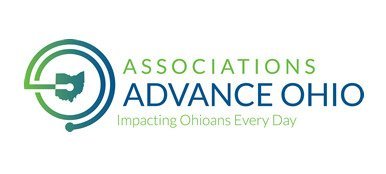Complete Story
10/23/2023
How Work Culture's Gray Areas Drive Racial Inequality
Specific expectations and duties often can inform how we gain employment
There was once a time when it was perfectly unremarkable for employers to hang signs declaring "Whites Only Need Apply" when advertising for open positions. The Civil Rights Act of 1964 made that illegal, but that doesn't mean work has since become an equitable space. Today, work drives racial inequality through its cultural, social and relational aspects—what I refer to as "the gray areas." Gray areas exist apart from the specific expectations and duties that are required for a given job, and because of this, they are much more amorphous, ambiguous and difficult (though absolutely possible) to change. They can inform how we gain employment, how those jobs are done, what norms and values are given priority in a workplace or how we advance or leave a company.
Take, for example, an airline pilot whose job is to fly passengers safely from one location to another. Pilots are expected to have the technical skills and know-how to do this job effectively, but no one simply lands in the cockpit out of nowhere. How do pilots learn that a particular airline is hiring? How do they gain information that helps them succeed in the job interview? How do they navigate an environment where they must fit in with copilots, flight attendants, and other crew members? How do they know when there are opportunities for advancement? How can they get the necessary support to move into supervisory roles?
These processes all exist apart from the basics of flying passengers from one location to another. Many commercial pilots, for instance, move into these jobs after stints in the armed services, meaning they can rely on the connections and networks they build in those spaces to learn about position openings and generate referrals. Cultural norms in the airline industry promote strict hierarchies that both reflect military structure and define clear relationships between pilots, copilots and flight attendants. Additionally, the relationships that pilots build with others in the field can determine their opportunities for certain positions and with specific airlines. These aspects of work are distinct from the requirements of the job, yet they matter significantly because they constitute a core component of how we work today.
Please select this link to read the complete article from TIME.






